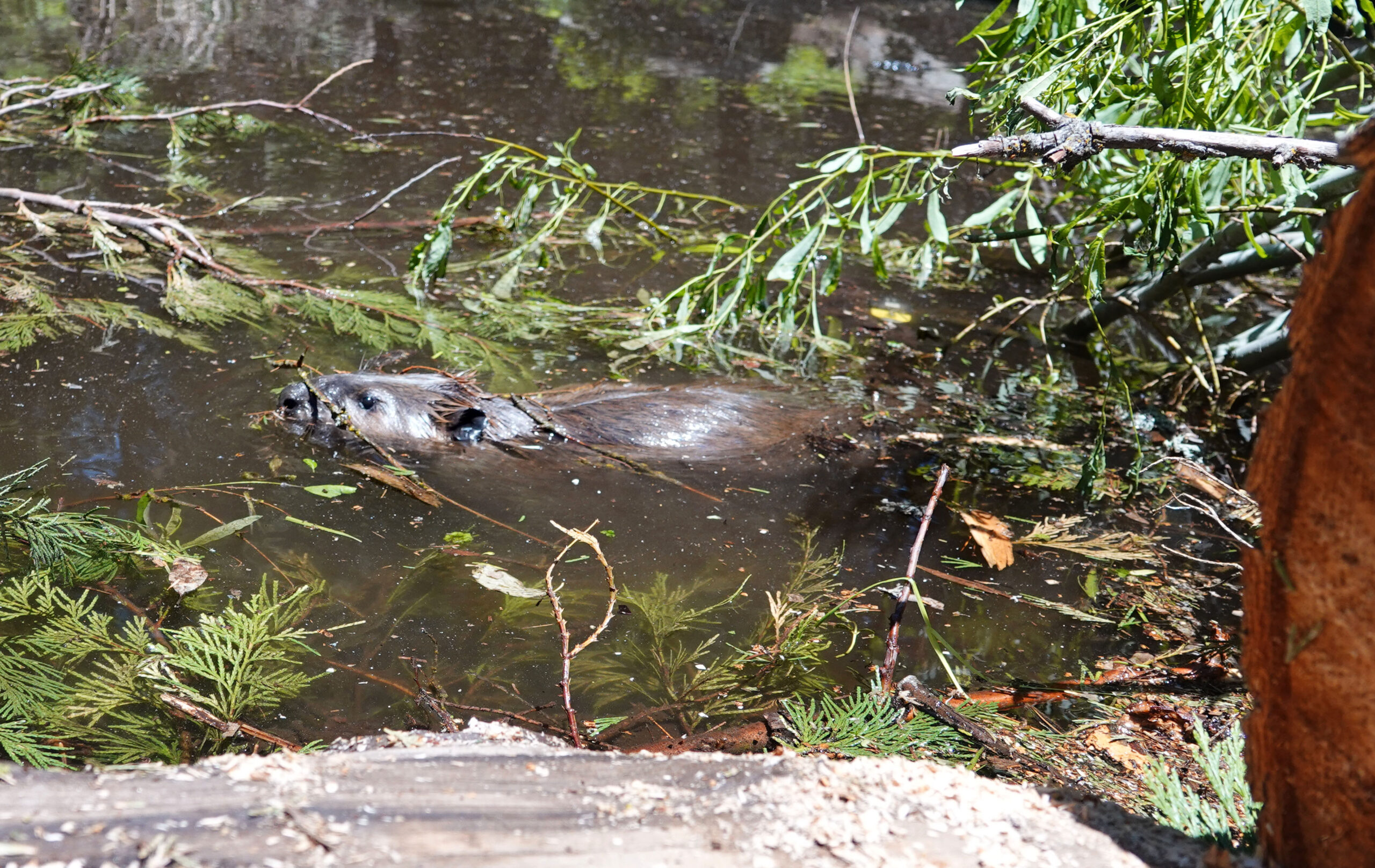Woodn’t you know it – beavers are back!
What you need to know: A family of beavers was reintroduced into the South Fork Tule River watershed for the first time in over a century. The release is expected to result in positive impacts on the water supply and improved drought and wildfire resilience.
Sacramento, California – The Tule River Tribe, in partnership with the California Department of Fish and Wildlife (CDFW), released a family of seven beavers into the South Fork Tule River watershed last week – the first beavers on the Tule River Indian Reservation in decades.
Through the leadership and partnership of tribal leaders and advocates, we are restoring the land – and in doing so, working to restore communities, and the trust between the state and tribes, too. It turns out that beavers are not only good at building dams, but they’re dam good at building trust, too.
Governor Gavin Newsom
The beaver release was made possible through the work of tribal leaders beginning 10 years ago, building on research supporting beavers’ role in supporting ecological health, tribal and environmental advocacy, and Governor Gavin Newsom’s pursuit of nature-based solutions. In 2022, CDFW launched its Beaver Restoration Program with funding from the state, which supported the Tribe in their efforts to ready the reservation for the beavers.
“I’m very happy to see [the beavers] come home and it’s going to be wonderful to watch them do their thing,” said Kenneth McDarment, a Tule River Tribe member and past tribal councilman. “People will be educated even more by seeing the work that they do and the benefits they bring to the environment. My hope is to have the beaver throughout the reservation and all the watershed that we have.”

As the beavers settle into their new home, experts expect to see significant improvement in the environment – especially on the water supply. Beaver dams will extend seasonal flows, improve drought and wildfire resilience, and better conserve the Tule River Tribe’s drinking water supply, of which about 80% comes from the watershed.
